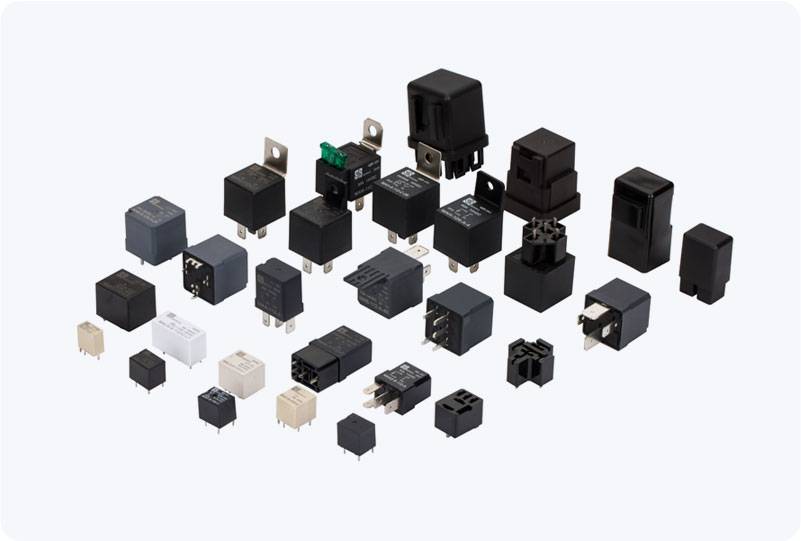In recent years, the rise of the Internet of Things (IoT), smart cities, and remote sensing technologies has highlighted the importance of low power communication networks. As devices become more connected and the need for long-range communication grows, the demand for energy-efficient solutions has never been greater. One such solution is the Low Power Communication Relay (LPCR), a technology designed to enable long-range communication while minimizing energy consumption. This article explores the concept, benefits, and applications of low power communication relays, and why they are essential in modern wireless networks.

What is a Low Power Communication Relay? A Low Power Communication Relay is a device or node used to extend the communication range of wireless networks while ensuring that energy consumption remains minimal. It acts as an intermediary between two or more communication points, relaying signals across longer distances or areas where direct communication would not be feasible due to range limitations. These relays are specifically designed for use in environments where energy efficiency is crucial, such as battery-powered IoT devices, sensors, and remote monitoring systems. The key to a low power communication relay is its ability to consume minimal power during its operation. This allows it to remain functional for extended periods, often years, without requiring frequent battery replacements or recharges. Relays are typically implemented using low-power communication protocols such as LoRa (Long Range), Zigbee, and Bluetooth Low Energy (BLE), which are well-suited for use in environments with strict power consumption constraints.